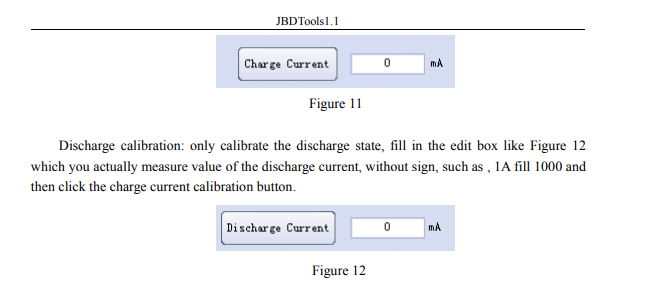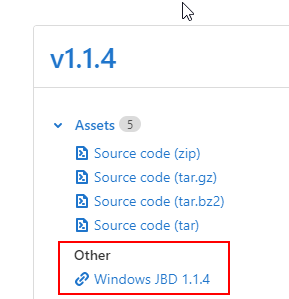Thank you.
Maybe one day in the future , we will get a BMV with voltage sense wires per cel.
Thank you.
Maybe one day in the future , we will get a BMV with voltage sense wires per cel.
All I need is to set the BMS and BMV on the same calibration … I rather leave the rest well alone, with my “reputation”. 
If we have the same BMS, which seems that we are going to import the same model, and we have the same cells, hey, even maybe both having a SmartShunt … then I can follow your lead to the T.
Now just the BMS/BMV calibration bare bones.
Here is what I was able to find:


Just remember when you do the “idle” zero current calibration for the BMS, do that same calibration for the BMV as well:

Did you pay ±R129.99 for the app?
Yes, but it appears it was unnecessary with the free PC software capability.
Edit: I suppose it sounds like a lot, when you convert it to Rands.
Nope, it is peanuts compared to the joys.
I have secured a iPad … Apple version seems more refined, the Andriod bare-bones but 100% ok, the Pc one sucks. 
For a better PC version try this one
Let me guess … Linux?

I did NOT see that!!! 
The OpenSource people occasionally help out the Windows orphans.
Right, now to get my Pc “closer” to the BMS cause my Bluetooth on the Pc, although paired with the BMS, does not want to connect to the BMS. I recall something from the past that even with the software they provide, same software Phil gave links too, one has to use the USB connection i.e. I must unplug the Venus … and that ain’t happening today boys and girls, not a chance.
I will experiment with the 12v BMS, when the new cells arrive and I have to touch the main system … only then.
I don’t know that I did, ( it isn’t my specialist subject), but I’d try one of those USB to serial port doodads or 485> usb converters
I just bought the Apple Software … I like the iPad … I NEVER said that ok, just now Win10 “blows up”. ![]()
Am playing with the 12v BMS.
Not yet. ![]()
I fixed my sentence.
Now that we have established that the BMV is a damn good piece of equipment, BMS/BMV to be calibrate to be more in “sync” AND that the BMS takes cognizance of each cells voltages, which the BMV at this point lacks in it’s development, may get in future versions … 
What I still don’t get, which also throws me for a 6 …
Single full voltage: 3.5v - so if ONE cell hits 3.5v then the bank is “full” i.e. BMS SOC shows 100%.
Just tried it on the 12v system, set it to 3.45v and 1 cell was above that, SOC jumped from 85% to 100%.
That is volts based SOC in my book … no?
And this: How do the maths work, if 2.5v is a Zero SOC cell?
80% Voltage: 3.4v
60% Voltage: 3.35v
40% Voltage: 3.3v
20% Voltage: 3.1v
No. They don’t use voltage to figure out the SOC. They only use it to know when to reset to 100%. Exactly like the BMV does. On discharge, and at lower voltage levels, it uses the shunt/hall sensor to count amp-hours… just like the BMV.
Also, the rules are a little different than it is for lead acid. With lead acid, the internal resistance is so much higher and you have so much more voltage sag/rise when the current is flowing that making an SOC estimate from voltage is hard. But it is still possible if the circumstances are right: If a lead acid is at rest… the voltage gives a pretty good ballpark! The same is true for lithium cells.
In terms of resetting to 100%: A cell above 3.5V is a pretty good indication. When you get to that point, there’s less than 1% left to be had. Again as a comparison to lead-acid, you’re way more likely to have accidental resets to 100% (for a BMV) than for an LFP bank. If a cell spikes up… it is full. No arguing about it.
100% … I’m adjusting my thoughts slowly. 
How do the maths work, if 2.5v is a Zero SOC cell?
80% Voltage: 3.4v
60% Voltage: 3.35v
40% Voltage: 3.3v
20% Voltage: 3.1v
I want to understand that logic?
2.8V is empty. Or that is where most commercial BMSes cut you off.
Also remember that individual cell voltage measurements is not bad. Battery voltage is the bad one, because you cannot see from the battery voltage if any cell is full.
So yes this will influence the SOC value and it is a good thing.
Remember what happened to your AA cell when the charger did not look at the the cell values. You don’t want that to happen to lithium as they go up in flames.